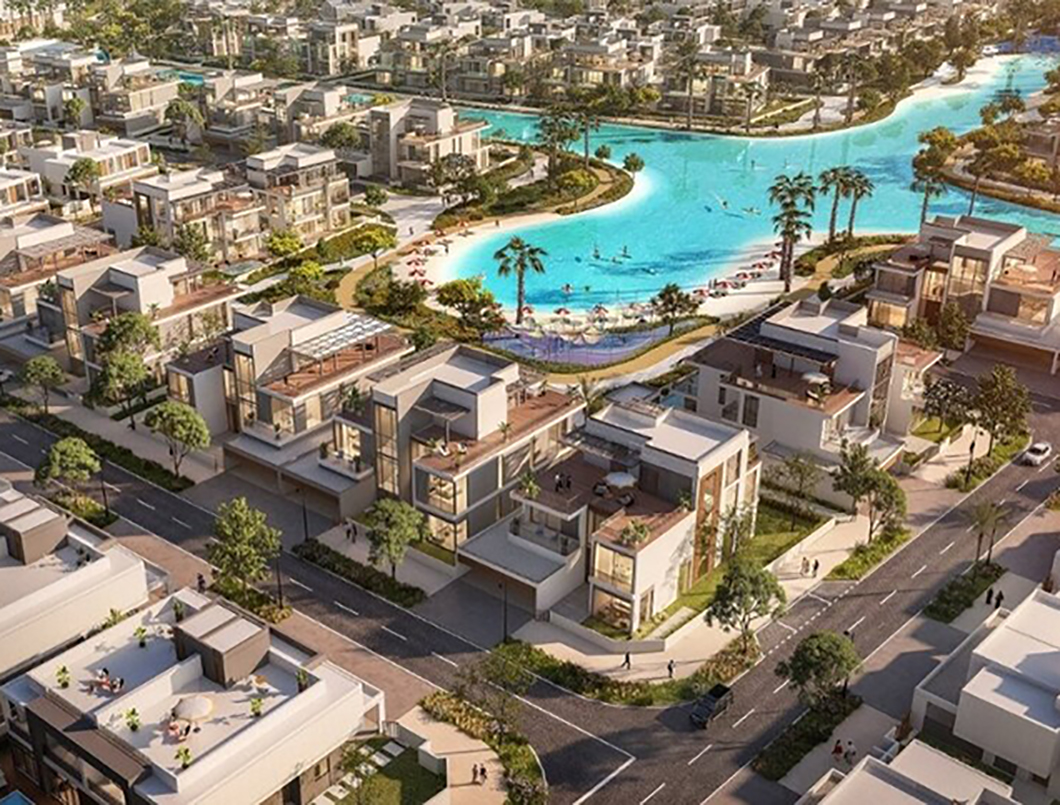
Close

Approach Words: Integrated City, Smart City, Vibrant City
Public Policy Instruments: Organization, Physical Intervention, Planning, Regulatory
Dubai South, initially known as Dubai World Central, is the largest single planned urban development project in Dubai1. The project focuses on creating an aviation and logistics ecosystem around the new Al Maktoum International Airport (AMIA)2, as “a vibrant and working community”3. The vision of the project is “to be a prime catalyst contributing to the economy through excellence in aviation, logistics and real-estate products and services” 4. The project is part of the Dubai Plan 2021, reflecting the vision of Sheikh Mohammed bin Rashid Al Maktoum Ruler of Dubai5.

Title: Location and key aspects of Dubai South.
Source: Click Here

Title: Rendered master plan of the Dubai South.
Source: Click Here

Title: The first terminal of Al Maktoum International Airport.
Source: Click Here

Title: South Bay (Phase 3), within the Dubai South.
Source: Click Here
To implement the project’s vision, a master covering an area of 145 square kilometers was proposed. The design of the masterplan revolves around the new AMIA airport, which is poised to be the world’s largest airport upon completion6. The master plan features several integrated districts connected with a network of smart infrastructure, including:
Here, the economic activities strive to generate 750,000 jobs (including those at the airport) 16 and boost Dubai’s global economic status, which in turn seeks to directly impact the city’s aviation, hospitality, and recreation industries and indirectly influence commerce and construction sectors17. The mixed use planning with public spaces and facilities aspire to attract an expected resident population of 950,00018, making Dubai South a lifestyle destination for businesses, tourists, visitors and residents alike19.


Consultant/Designer

Contractor/Implementer
The project was initiated by the Government of Dubai in 200620. The Dubai Aviation City Corporation (DACC), under the Government of Dubai, is the project’s regulatory body and responsible for its implementation21 iii. Dar al Hadassah was reportedly awarded the design of the masterplan and the design and supervision of the passenger terminal building and other landside areas22. Several leading international contractors and developers are involved in various aspects of the projectiv.
The project has been under implementation over several phases. The first phase involves the development of infrastructure and initial establishments, including the $33 billion airport project23. Following phases: Expansion of residential and commercial facilities, to reach its full operational capacity in all sectors, with a design population of up to one million people24. The Al Maktoum International Airport began operating cargo flights in 2010 and passenger flights in 2013. When complete, the airport will be capable of transporting 220 million passengers and 16 million tons of cargo annually25. It is worth noting that RTA buses operate daily to Dubai South, and the district will be served by Dubai Metro and Etihad Rail in the future 26.
Project Link
Endnotes
References